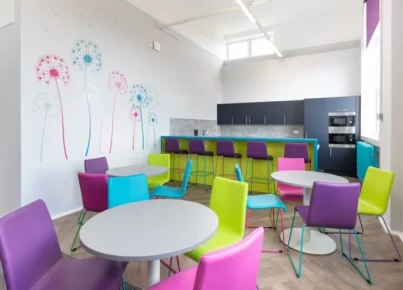Setting meeting norms is an essential aspect of fostering a collaborative and respectful environment during school staff meetings. Despite their importance, setting the rules can be a delicate matter. Below are six ways to establish meeting norms without ticking people off:
1. Involve Everyone in the Discussion
Give each staff member a chance to voice their opinions about the proposed norms. Encourage everyone to share their ideas and thoughts, making the process inclusive and respectful. By involving all members in the process, you create a sense of shared ownership.
2. Start with Positive Intent
Communicate that the purpose of setting meeting norms is to create an environment where everyone feels comfortable sharing their viewpoints and working together toward common goals. Emphasize the positive aspects of cooperation and collaboration rather than listing negative behaviors that must be avoided.
3. Provide Options and Seek Consensus
Instead of dictating specific norms, offer different options and let the team decide which guidelines would best promote a productive atmosphere. Once various suggestions have been provided, encourage discussion among staff members to come to a consensus on each norm.
4. Focus on the Why
Help your staff understand why each norm is essential by explaining how it fosters collaboration, respect, and openness. Emphasizing the rationale behind each rule shows that these norms are not arbitrary but intended to serve a specific purpose in achieving the goals of collective work.
5. Keep Norms Simple and Clear
Draft simple and easy-to-understand norms that help avoid misinterpretation or confusion during meetings. Aim for clarity rather than complexity when defining guidelines; this reduces ambiguity and makes adherence easier for participants.
6. Revisit Norms Regularly
Make it a habit to revisit meeting norms periodically, allowing staff members an opportunity to suggest adjustments or updates based on their experiences with previous meetings. Regular revision demonstrates a commitment to continuous improvement, encouraging openness to change and positive evolution.
In conclusion, setting school staff meeting norms is a crucial aspect of fostering a productive and respectful working environment. By involving everyone, starting with positive intent, providing options, focusing on the why, keeping norms simple, and revisiting them regularly, you can create a collaborative atmosphere that benefits your entire team.



